Salesforce CPQ is not a cheap tool from a licence or implementation perspective. This is mainly due to the fact that it is complicated and can provide great ROI. It is the complication though which can put people off from taking the time to investigate the tool.
In order to save you time, here are my four indicators that it’s worth the time to look into the solution, taken from my talk at London’s Calling 2020.
1. Calculators and Excel Sheets
When I first go to see a client, I always like to walk around the sales floor on my way to the meeting. This gives me a great insight into the way a company operates. One of the main things I look for is calculators on desks or pricing excel sheets on screens. I look for these because it shows that the company’s CRM system doesn’t work out their pricing for them. This is often because it can’t. The result of this can be that the sales team do ‘interesting things’ with their pricing, manual errors creep in and that reports simply don’t add up.
A classic example of this is two opportunities won on the same day and given the same discount, but both with a different value. This can be due to the fact that one sales guy gave the percentage discount before the value discounts, and the other guy did it the other way around.
£100 with 10% discount then £20 discount = £70
£100 with £20 discount then 10% discount = £72
How does CPQ help with this situation? Basically, it allows you to have your excel sheet within the system, and it works out immediately in the correct way. This is through functionality such as Discount Waterfall, Price Rules and multiple pricing options. Controlling all of this in standard Sales Cloud is possible but quite hard to do let alone maintain.
2. Selling the Wrong Products
This is worryingly normal in business. It can cost quite a bit when you consider the extra shipping fees, lost replacement parts and cost to the company’s reputation. This can result in lost sales and extra discounts being given. The likelihood is that if this is a significant problem for your business, you’ll have:
- A complex approvals process in place.
- Salespeople who aren’t comfortable in selling the products and therefore aren’t selling add ONS.
- A very busy customer success team.
Training the sales people can move you a step forward. But you are still relying on them to not make mistakes, even when they are under pressure at the months end. CPQ aids this by taking the onus away from the salespeople and onto they system. This allows the sales people to get on with selling. The way it does this is via mechanisms such as product rules and bundles, to name just two. These two items can allow you to ensure that the right products are selected. This can be based on multiple factors such as location, other products purchased or offers. With the system taking care of this you can then use its suggestion mechanism to increase add sells, meaning that even your new sales people can excel.
3. “Which document should I use?”
Having worked in sales I know how frequently this question is asked. My general approach was to ask my colleague Stuart which document he used and then to alter that for my own means. My main priority with this was to get a document that looked good and would get signed. My least priority was to ensure the terms and conditions were correct and here in lies the problem. The Quote Object in standard Sales Cloud does allow you to create multiple quote templates, each of which has a specific use case. For example, I often see two or more templates for a simple quote. One has the discount shown and another one doesn’t. The problems with this approach are that it relies on the salespeople to select the correct option. Therefore you end up with a large number of quote templates for different scenarios.
With the Q in CPQ standing for Quote, you would expect this to be something addressed by the tool, and you would be right. CPQ allows you to control when each (HTML controlled) section of the page displays. So for instance, if a quote hasn’t been approved yet then the signature blocks won’t be present. Or when you sell a certain product, the specific terms and conditions will show for that product. You can even dynamically control the column on the product table, which means the discount column is only show if you have given a discount (don’t give them ideas). When you add into this the hierarchical approvals process that exists in CPQ, the easy integration with e-signature solutions, and the ability to have a watermark then it is very quick to see the time savings that can be had by using this agile tool.
4. System rules okay
This is a personal bugbear of mine in which a company sells in a way that suits its system, and not in a way that the customers want to buy. There is an obvious effect here in lost business, lack of adaption agility, and an internal friction and frustration within the sales team. Most companies I visit sell in a fairly standard ways, such as cost plus, block pricing, list price, subscription or credit system. All of these are possible to code into standard for Salesforce. But they can be extremely hard to control, especially if you’re looking to link them in with the renewal system and amendments. This is where Salesforce CPQ really comes into its own, the main pricing methods is covers are:
- Block & Slab Pricing – able to take historical sales into account
- Percentage of Total
- Cost Plus
- Contracted Pricing
- Subscription
- Credit
- Bundle Option
- Manual override
This gives you a great degree of flexibility. Especially as these methods can be combined, and with Price Rules you can make up your own as well. You also have a simple to use Amendment system which will update Renewal Opportunities to keep everything in line.
Summary
In summary I would suggest that if two or more of these areas ring true, or one rings very true, it is worth taking the time to investigate Salesforce CPQ. The best way to do this is to speak with a Salesforce CPQ specialist and to take the time to look at not only how you do sell, but also how your customers would like to buy.
***
Got any questions about Salesforce CPQ? Then make sure you get in touch. You can also read more about Salesforce CPQ here.


